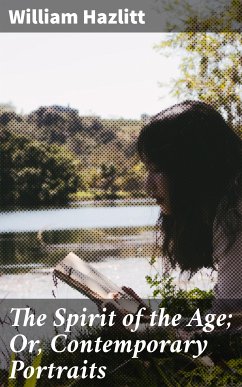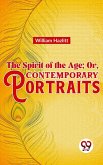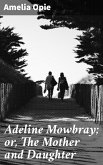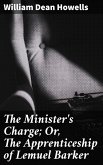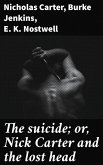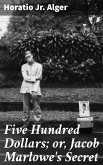In "The Spirit of the Age; Or, Contemporary Portraits," William Hazlitt presents an astute and incisive critique of early 19th-century Britain through a series of biographical sketches of his contemporaries. Employing a distinctive blend of essayistic prose and sharp observation, Hazlitt delineates the philosophical, political, and artistic climates of his time, portraying figures such as Wordsworth, Coleridge, and Napoleon with both admiration and skepticism. His literary style is marked by a passion for realism and a commitment to examining the intersection of personal character with broader societal trends, embedding the portraits within the rich context of Romanticism and the emerging modern age. William Hazlitt, a central figure in Romantic literature and criticism, often grappled with the tension between individualism and the societal forces that shape it. Influenced by his own varied experiences as a painter, critic, and political thinker, Hazlitt produced this work as a means to confront the failures and triumphs of his age, offering an introspective lens on the evolving human condition. His deep engagement with contemporary thought and the complexities of human nature informs each portrait, making it a reflective commentary on the pursuit of truth in a rapidly changing world. For readers interested in the interplay of biography and criticism, "The Spirit of the Age" is an essential read. Hazlitt's keen insights and vivid descriptions allow readers to grasp the essence of a transformative era. This work not only enriches one'Äôs understanding of key historical figures but also provides a mirror to the prevailing attitudes and aspirations of early 19th-century society.
Dieser Download kann aus rechtlichen Gründen nur mit Rechnungsadresse in A, B, BG, CY, CZ, D, DK, EW, E, FIN, F, GR, H, IRL, I, LT, L, LR, M, NL, PL, P, R, S, SLO, SK ausgeliefert werden.

